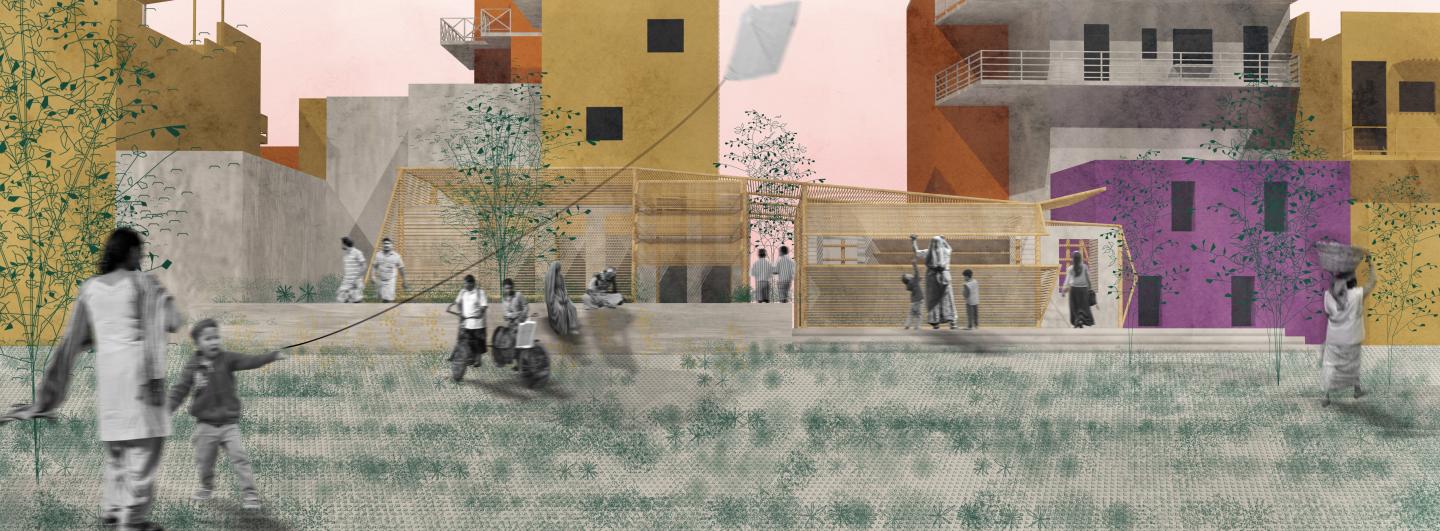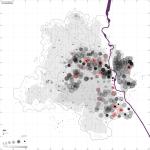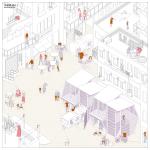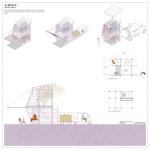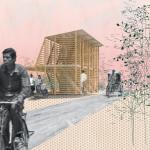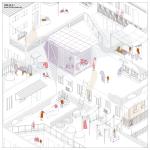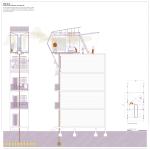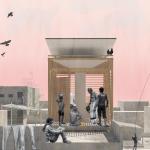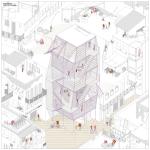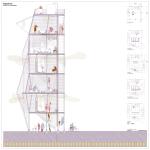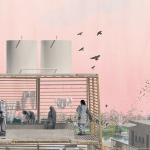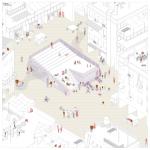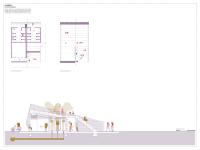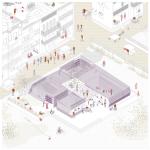The stretch of the Yamuna River which runs from the Wazirabad Barriage to the Okhla Barriage through Delhi, is the most contaminated part of the river. This pollution, which constitutes this as a dead river, is almost entirely contributed by human feces, industrial effluents, and irrigation chemicals. This is a critical issue due to the growing population in Delhi and a lack of clean water to support them.
A goal of the studio was not only to gain an understanding of how to clean the water, but how to prevent pollutants from entering the water to begin with. The pollutant of focus for the project was human waste. The primary reason there is so much fecal matter in the Yamuna River is due to a lack of well constructed and reliable infrastructure between the starting point of the toilets and the end point of sewage treatment plants. However, the secondary reason is that although the government has an initiative to install 75 million toilets by 2019, there is still a large portion of the population defecating in the open.
The last recorded data on open defecation states that 700,000 people or four percent of the population still defecates in the open. This number may seem low, but there is reason to believe that not all those who have access to restrooms are actually using the public facilities. This is due to vandalism, lack of cleaning, broken plumbing, safety concerns, hours of operation, and the distance they are from where the users call home.
In response to these issues, the research conducted throughout the semester began by identifying locations within Delhi where there is the greatest need for bathroom infrastructure. In looking at these locations, scales and types of bathrooms were designed for the unique urban scenarios which appeared in these locations. For example, some bathrooms were designed to be affixed to existing rooftops in dense urban villages, whereas others were designed for underused parks and vacant lots.
The overarching goal of the designed interventions is to provide new variations of semi-public to public bathrooms which solve issues of the current public bathrooms in Delhi and bring them closer to those people who need them most.
2018
2018
- key building materials are concrete and bamboo
- water to interventions would arrive via city pipes or are located in areas with access for water trucks (10,000 gallons)
- toilets designed to connect to city sewage lines or use dry composting toilets
- bathrooms designed as social spaces as public bathing / visits to bathrooms are often group activities in lower income neighborhoods or villages in India
- screen facades as both shade and privacy but, allow for ventilation
Darcy Engle | Professor - Maria Gonzalez Aranguren and Pankaj Vir Gupta at University of Virginia School of Architecture
Approaching Sanitation: A Typological Response to the Study of Sanitation Infrastructure in Delhi, India by Darcy Engle in India won the WA Award Cycle 30. Please find below the WA Award poster for this project.
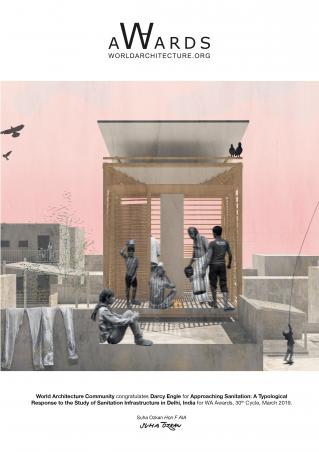
Downloaded 125 times.
Favorited 1 times
